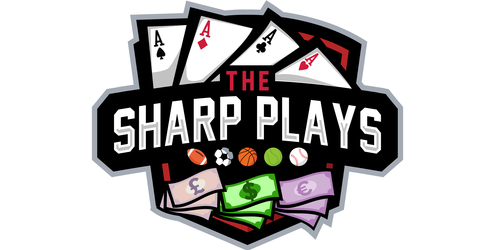One of the most frequently asked questions I receive is:
“What’s behind the ‘known’ bettor information you post?”
So let’s make this the first official article to break it all down. I’ll likely cover this topic in more detail in future posts—but here’s the essential framework to get you started.
🔥 Sharp Action Is Everywhere
Every single day, sharp action pours in across the board. Whether it’s from:
- 📊 Math-based bettors
- 🎯 Elite handicappers
- 🤫 Those with inside information (which, by the way, isn’t illegal in sports betting like it is in financial markets)…
Nearly every market sees sharp activity. If I were to post all of it, I’d never have a free second.
But here’s the truth:
Sharp action alone is not always useful.
You’ll often find sharps on both sides of a wager. That’s why we need filters—and not just any filters, but the kind that zero in on only the sharpest of sharp bets.
🧰 Filter #1: The Heart of My Process
To cut through the noise, I built what I call Filter #1—a multi-step filter that narrows thousands of data points into 10–20 elite bets per day.
Here’s how it works:
✅ Step 1: Remove Noisy Markets
Markets must show a clear concentration of sharp action on one side. If sharps are split or the action is messy, the market is tossed.
📈 Step 2: Isolate the Top 2.1% of Bettors
Next, I target bettors performing three standard deviations above the mean ROI—statistically, the top 2.1%. These are elite performers. (Yes, I could also isolate the bottom 2.1%—hello, fade goldmine! But that’s for another time.)
🎯 Step 3: Specialization Matters
From those top bettors, I focus only on those who are in the top 5% within the specific sport they’re betting.
That’s a huge qualifier: overall sharps + sport-specific experts.
💰 Step 4: Watch the Bet Size… Relatively
I don’t care about absolute wager amounts.
Instead, I look at whether the bettor is wagering 20% or more above their average bet size.
Why?
Because sharp bettors—especially disciplined ones—don’t typically vary bet size unless they’re confident.
A bettor averaging $2,000 who suddenly places $5,000?
👀 That’s signal.
A bettor who always bets $50K and does so again? Business as usual.
📋 Manual Review = The Final Touch
After these four steps, I end up with about 10–20 ultra-sharp plays.
I personally review those, apply years of market-reading instinct, and from that batch, I select the “known” bettor plays I tweet or post.
These are the best of the best.
Not always winners—but consistently profitable over the long term.
🚫 Myth: Big Bets = Better Bets
Let’s crush this right now:
A $5K bet from an elite, precise bettor can mean WAY more than a $50K bet from a high-volume sharp.
True example:
One of the top college basketball bettors I track only wagers $2K–$3K per game. Yet he’s been a top-ranked performer four years running.
When he fires $5K?
💥 That’s noteworthy.
When a big-money sharp fires $50K as usual?
📉 It’s just background noise.
Size without context is meaningless.
💎 Bonus Filters & Signals
Yes, I have dozens of other filters scanning for:
- Unique signals
- Pattern breaks
- Market anomalies
But Filter #1 is my go-to when I want to quickly scan for elite plays. It’s also the foundation of most “known” bettor content I share.
🧠 Don’t Handicap the Sharps—Let Them Work for You
People sometimes ask:
“Should I bet more when you post a big bet?”
No. Don’t second-guess the process.
These filters are already doing the heavy lifting. If you try to further “handicap” sharp action, you’re likely just adding noise to something already refined.
📊 Remember: This Is a Long Game
Even the best bettors have losing streaks.
You’ll sometimes look at a posted pick and go:
“What the hell did he see in that one?”
That’s part of the game.
Stay disciplined, stay smart, and use sharp data as one tool—not the only one—in your betting strategy.
Thanks for reading today’s post!
I won’t be posting these daily, but when a frequently asked topic like this comes up, I’ll throw something together when time allows. Appreciate your continued support!
~ The Sharp Plays
